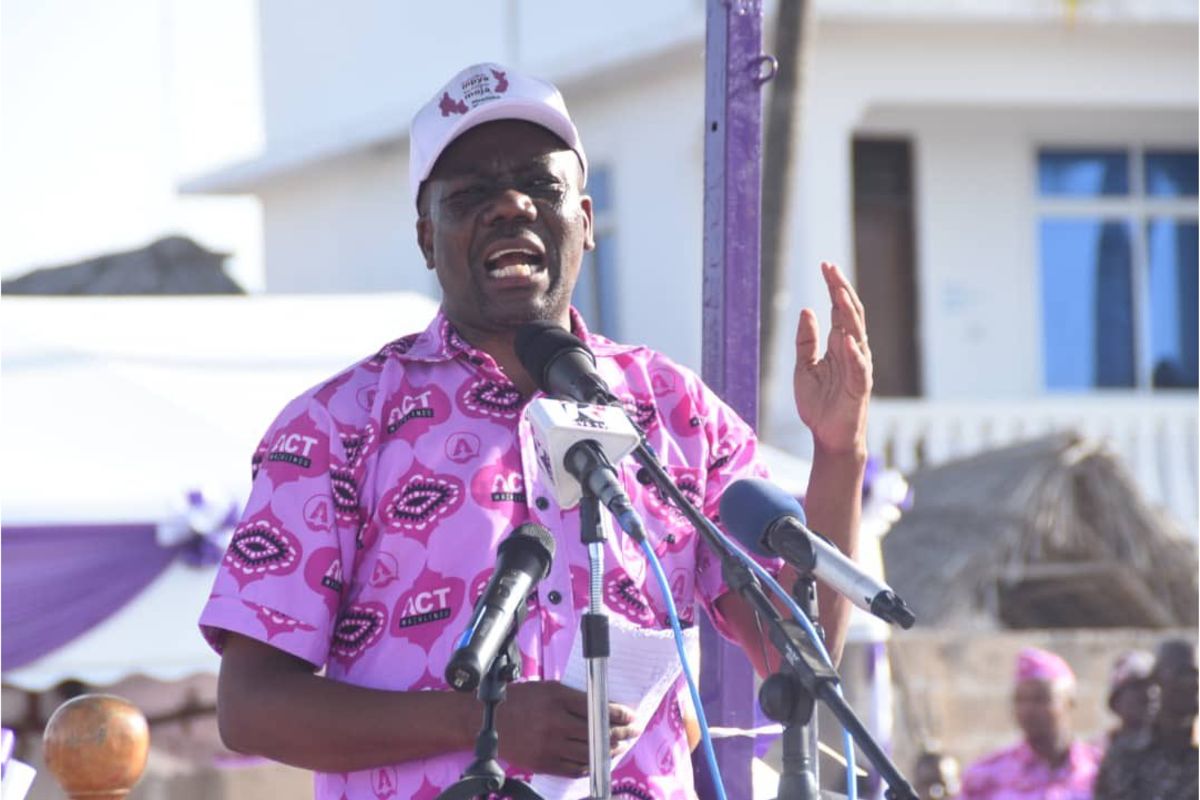
As Tanzania commemorates the 63rd anniversary of its independence, we reflect on a journey marked by both triumph and challenge.
The nation’s liberation from British colonial rule on December 9, 1961, was a testament to the unwavering spirit of its people and the visionary leadership of Julius Nyerere.
Nyerere’s persuasive rhetoric and unwavering commitment to self-determination resonated globally.
Independence, however, was just the beginning. The early years of nation-building were marked by bold experiments, most notably Nyerere’s Ujamaa socialist philosophy. While the policy’s implementation faced challenges, it fostered a strong sense of national unity, a quality that has remained a cornerstone of Tanzania’s identity.
Over the past six decades, Tanzania has made significant strides in various sectors. Investments in education, healthcare and infrastructure have improved the lives of millions. The nation has also maintained political stability, a rare achievement in a region often plagued by conflict.
Yet, challenges persist. Economic inequality, unemployment and the impacts of climate change continue to hinder progress. To address these issues, we must harness our collective strength and renew its commitment to the principles that underpinned its independence.
The private sector, civil society and government must work together to create a more equitable and sustainable future. By fostering innovation, promoting good governance and empowering its people, Tanzania can build on its rich history and secure a prosperous future.
As we celebrate this milestone, let us honour the sacrifices of those who fought for independence and renew our dedication to the ideals of justice, equality and progress.
By embracing unity, resilience and a spirit of innovation, Tanzania can continue to inspire the world and shape its own destiny.
Let us end corruption now
Today, December 9, the world observes International Anti-Corruption Day, a timely reminder of the corrosive effects of corruption on societies, economies and governance. For Tanzania, this day underscores the urgent need to intensify efforts to eradicate a vice that undermines development, erodes public trust and perpetuates inequality.
Corruption in its many forms—from embezzlement of public funds to bribery in service delivery—remains one of the greatest obstacles to achieving sustainable development. It deprives citizens of essential services, hinders economic growth and disproportionately affects the most vulnerable in society. In Tanzania, notable strides have been made in tackling corruption, with reforms and anti-graft measures yielding promising results. However, the fight is far from over.
This day calls for collective action. Government institutions must strengthen transparency and accountability, ensuring zero tolerance for corruption at all levels. Equally, citizens have a role to play by rejecting corrupt practices and holding leaders accountable.
The private sector, too, must champion ethical business practices. Let December 9 serve as a rallying point for Tanzania to renew its commitment to integrity, justice and good governance.














